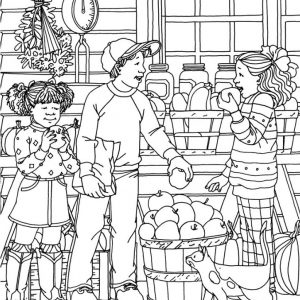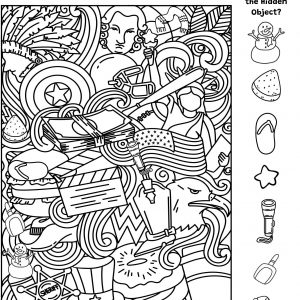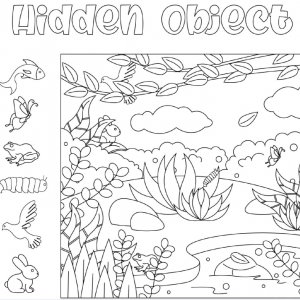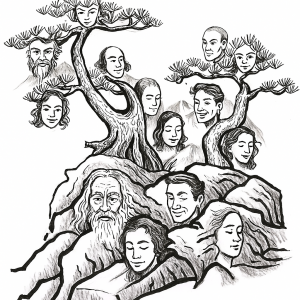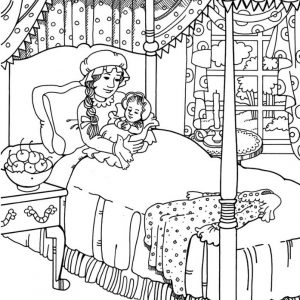The Majestic Deer: Exploring the Art and Symbolism of a Timeless Wildlife Illustration
Capturing Nature on Paper: The Allure of Deer Artwork
Have you ever paused in a gallery or flipped through a nature journal and felt drawn to an elegant sketch of a deer? That serene profile—its alert eye, sculptural antlers, and textured fur—evokes the quiet grace of the forest. Whether you’re an artist seeking inspiration, a wildlife enthusiast, or someone who simply loves beautiful imagery, deer illustrations hold a special place in our collective imagination. They remind us of dawn mist in pine woods, the hush of snow under hooves, and the delicate balance between power and vulnerability. In this article, we’ll dive into why deer art captivates us, explore techniques behind a compelling deer portrait, unpack the rich symbolism of this noble creature, and offer tips on bringing your own deer sketches to life.
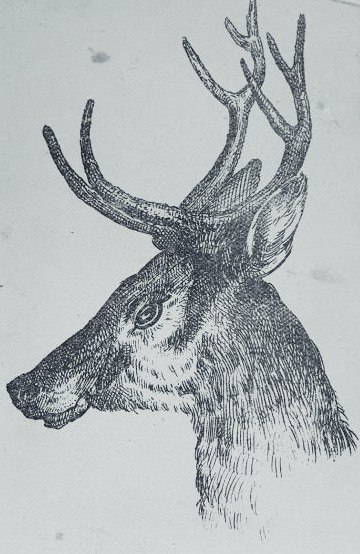
The Timeless Appeal of Wildlife Illustrations
From medieval tapestries to contemporary nature field guides, artists have long drawn deer for their striking silhouette and cultural resonance. Unlike more angular animals, a deer’s gentle contours provide a perfect canvas for experimenting with line weight, shading, and texture. That contrast—the slender muzzle against broad antlers, the soft fur against the rough bark of a tree—creates dynamic compositions that both challenge the artist and delight the viewer. When rendered in black ink or graphite, deer sketches offer a masterclass in capturing light and shadow, turning simple hatching into lush, three‑dimensional form.
Mastering Deer Anatomy: Sketching the Essentials
Want to replicate that lifelike deer head illustration in your own sketchbook? Start by understanding the fundamental shapes:
- The Skull and Muzzle: Sketch an elongated oval for the skull and a tapered, rounded shape for the muzzle. Remember the gentle slope of the forehead that transitions into powerful neck muscles.
- The Eye Socket and Expression: Place the eye halfway back on the skull oval. Deer eyes sit high on the head—this positioning conveys alertness. A slight curve above the eye suggests a calm, watchful gaze.
- Antler Structure: Treat antlers like branched trees. Begin with thick beams at the base, then add tines (points) that taper and curve. Study reference photos to see how antler growth patterns vary between species and individuals.
- Fur Texture: Use short, directional strokes to mimic fur. On the neck and jawline, hatching can follow the muscle contours; on the face, finer lines capture the delicate velvet around the eyes and ears.
By constructing these elements step by step, you’ll transform a blank page into a convincing portrait of cervid elegance.

The Art of Black‑and‑White Rendering
The deer illustration above relies on monochrome contrasts—no color, just ink or pencil. Here’s how to achieve that striking effect:
- Layered Hatching: Build depth by layering parallel lines. Lightly hatch the midtones, then deepen shadows with cross‑hatching where muscles and fur clump together.
- Negative Space: Leave portions of the page untouched to represent highlights. The clean white of the paper can become the shining ridge of the deer’s antler or the glint in its eye.
- Line Weight Variation: Press harder for thicker lines in foreground areas—like the curve of the antler beam—and keep background fur lines finer to create visual hierarchy.
- Subtle Details: Add texture sparingly: a few flecks of stippling around the snout, wisps of hair at the ear’s edge, or tiny notches on the antler’s surface. These small touches breathe authenticity into the piece.
With practice, your black‑and‑white deer drawings will feel as alive and tactile as any colored painting.

Symbolism of the Deer: Culture, Myth, and Spiritual Significance
Beyond its aesthetic appeal, the deer carries layers of meaning across cultures:
- Gentleness and Grace: In many traditions, the deer symbolizes kindness and a gentle heart. Its delicate steps through the forest mirror the virtues of compassion and calm.
- Renewal and Regeneration: Because deer shed and regrow their antlers annually, they represent rebirth and the cyclical nature of life. This makes them popular icons in seasonal art and springtime festivals.
- Spiritual Messengers: Native American and Celtic myths often portray deer as guides between worlds, carrying messages from the spirit realm. A deer portrait can thus feel like a talisman of intuition and inner wisdom.
- Vigilance and Survival: Despite their grace, deer remain ever‑alert to predators. Their wide‑set eyes and twitching ears in art echo themes of awareness and resilience.
Whether you’re creating a piece for its visual beauty or its deeper symbolism, embedding these themes will enrich the viewer’s connection to your work.

Bringing Wildlife Art into Your Home and Projects
Once you’ve mastered your deer sketch, consider how to showcase it:
- Framed Gallery Wall: Pair your monochrome deer drawing with other nature studies—leaves, feathers, or bird silhouettes—for a cohesive, calming display in a living room or bedroom.
- Lifestyle Products: Print your illustration on stationery, tote bags, or phone cases. The universal appeal of deer makes these items both elegant and marketable.
- Teaching Tools: Use your drawing to educate others about deer anatomy, antler cycles, and forest ecosystems in art classes or naturalist workshops.
- Digital Assets: Vectorize your artwork to create scalable designs for logos, website banners, or social media graphics—bridging traditional artistry with modern branding.
Your deer illustration can become more than a standalone piece; it can flourish across mediums and contexts.
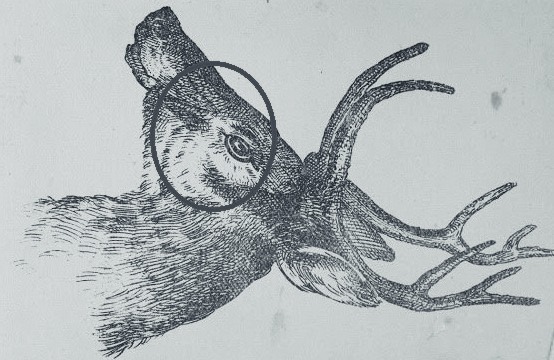
Conclusion: Embracing the Spirit of the Deer in Art
The noble deer, with its watchful eye and branching antlers, offers artists an endless source of inspiration. By studying anatomy, mastering black‑and‑white rendering, and weaving in rich symbolic meaning, you can create drawings that resonate both visually and emotionally. Whether you’re sketching beside a crackling fire or drafting a digital version on your tablet, remember that each line brings you closer to capturing the deer’s timeless grace. So pick up your favorite tool—be it a fountain pen, charcoal stick, or stylus—and let the spirit of the forest guide your hand. Your next masterpiece awaits beneath the antler’s curve.
